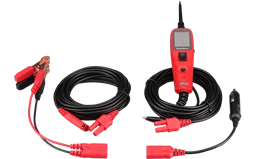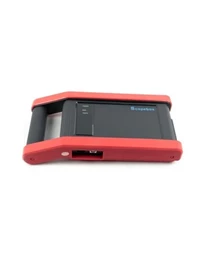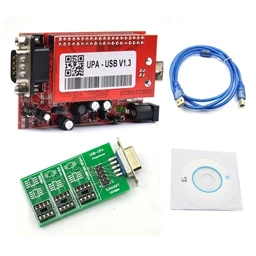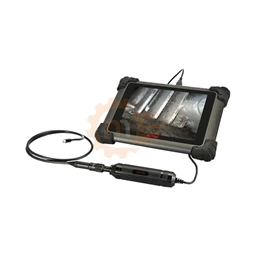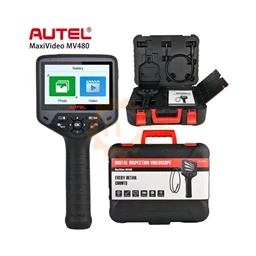What is OBD and what does it do on the vehicle?
In order to quickly diagnose the malfunctions that may occur in the vehicles, to extinguish the warning warnings from the sensors after the repair, and to inform the driver of the malfunctions, the System was introduced as an OBD I Standard in the USA, OBD II standard in Gasoline vehicles after 1996 and in Diesel vehicles since 1997. has become fully comprehensive.
This system has been made compulsory in European countries since 2004.
With OBD II, ECU (Electronic Control Unit) control, Fault Detection of the body and electronic systems and communication via sensors have also started.
OBD I and OBD II in America for Gasoline and Diesel vehicles; In European countries, EOBD standards have started to be used compulsorily.
The system of OBD, which means Fault Detection on the Display, applied in the European Union is called EOBD.
Developed for this purpose, OBD has made it possible to control the equipment and electronic systems in the vehicle, to detect the faults in detail, to record the faults in the device computer and to read the faults at any time.
With the Diagnostic Device with EOBD socket, operations such as Fault Detection, reading, deletion, part identification, elimination of the found fault, adaptation, parameterization can be performed on the vehicle.
WHAT IS DIAGNOSTICS?
Diagnostics; To detect means to find fault. The systems used in cars are created from electronic systems.
With the Diagnostic device, the proper operation of the systems in the vehicle or the control of the working systems over the OBD socket is faster and healthier.
Since the latest technologies used in today's vehicles are completely electronic control modules, it is not possible to find faults manually.
USING DIAGNOSTICS
1 - Upon complaints about the vehicle, the system where the fault originated is determined.
2 - The input end of the diagnostic device (OBD socket) is connected to the vehicle OBD input.
3 – From the program menu in the Diagnostic Device, the system or module from which the fault originates is selected.
4 – A command is given to search for the fault and a connection is made with the electronic control unit of the device.
5 – Diagnostic Devices gives the found error in code and with its explanation. It also tells you the necessary solutions to correct the error according to the characteristics of the device.
6 - After the fault detection process, it is requested to eliminate the fault and to delete the fault from the ECU. In case of communication errors or incorrect information transfer, the device clears the error warning and displays it as zero error.
7 – If the error is not displayed when searching again, the operation is successful.
8 - If the device gives the same error again, the module or sensor where the error originated is determined and replaced with a new one.
9 – The replaced part is introduced to the vehicle control unit and adaptation is made. For example, in case of replacing the injector, coding is a must.
Not every device can do the coding. For this reason, it is necessary to pay attention to whether this feature is available when buying a device.
WHERE IS THE OBD2 SOCKET LOCATION ON VEHICLES?
The OBD2 socket usually has to be located around the driver's seat. However, although it varies according to brands and models, the most common places are as follows.
It can be found in the area between the driver's door or the steering column, under the instrument panel, in the area under the steering wheel, under or around the driver's seat, between the steering wheel and the center console, on the passenger side of the center console, horizontally or vertically on the center console, horizontally or vertically around the center console
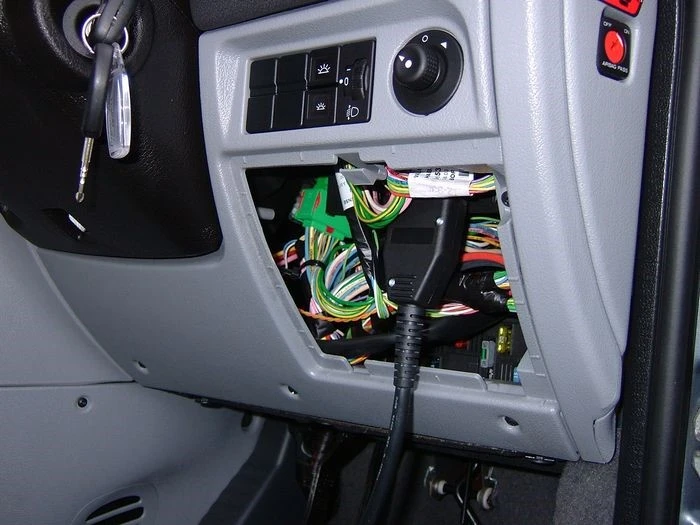
HOW IS TROUBLESHOOTING DONE ON VEHICLES?
You can easily detect faults on your vehicle by means of a diagnostic device via the OBD2 socket on your vehicle.
Fault detection process is transferred to your computer via signals via the OBD socket.
he equivalent of the values read from the vehicle on the computer is translated and fault detection can be made in this way.
After connecting the appropriate device on the OBD socket on the vehicle, after communicating with the vehicle, you can diagnose the engine, abs, airbag, comfort systems etc. modules supported on the vehicle.
If you want to get information about OBD or a different subject; You can reach us at 0850 755 02 30 and get information on Nitro Mekatronik Forum Page.

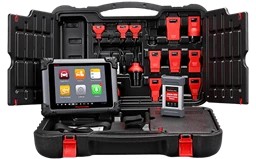
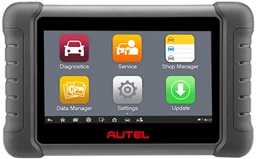
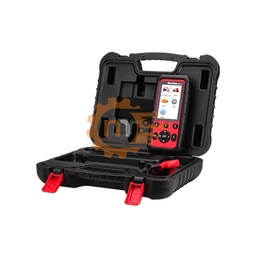
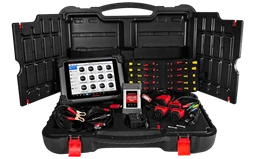
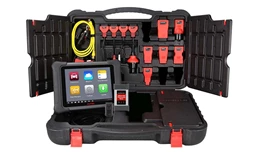
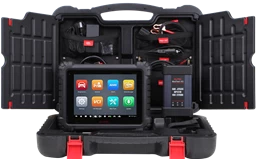
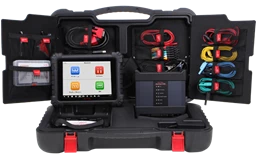
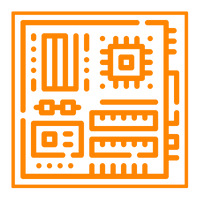

.webp?size=256)


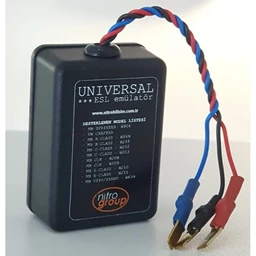
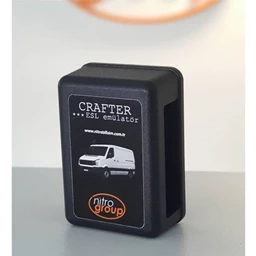
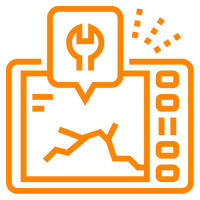
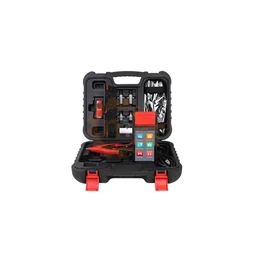
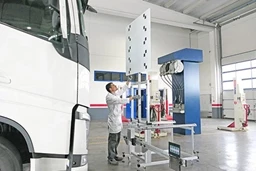
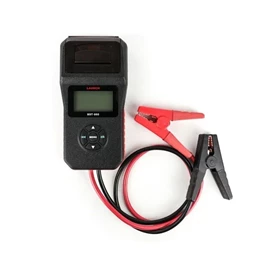
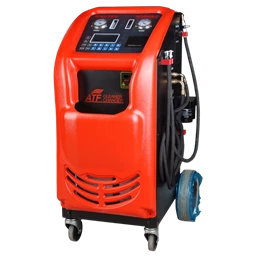
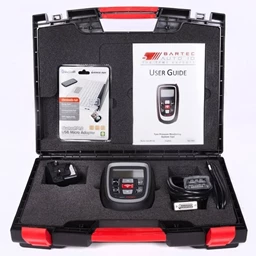
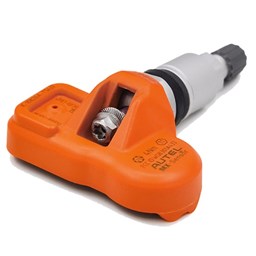
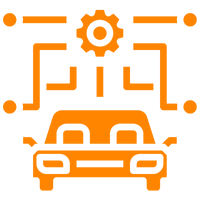
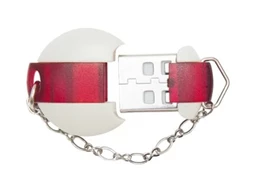
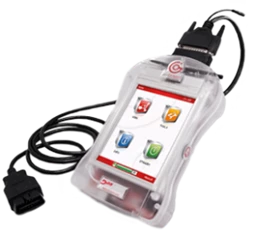
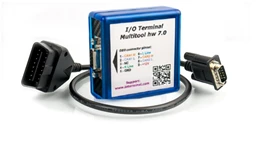
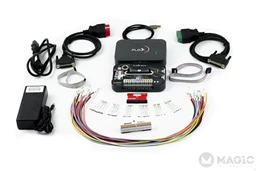

 Cihazı.webp?size=256)

